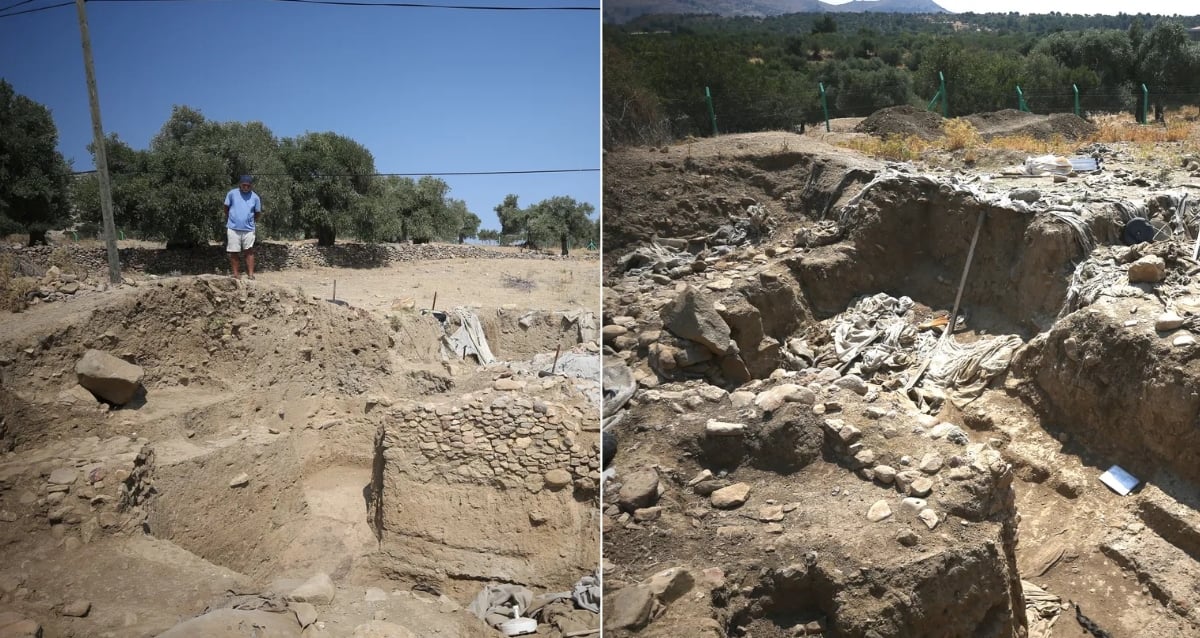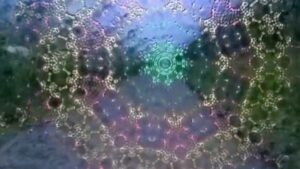Mystery Unveiled: Ancient 8,800-Year-Old Farming Settlement Discovered in Turkey’s Aegean Islands Challenges History!
Ever wonder what life looked like 8,800 years ago on a tiny island in the Aegean Sea? Turns out, folks on Gökçeada weren’t just wandering around—they were settling down, farming wheat and peas, and even raising sheep and pigs in some of the oldest-known farming homes in the region. Imagine that: ancient circular houses with sunken floors, cozy enough to keep out the storms, standing testament to an early community that wasn’t just about survival, but about thriving and trading across seas. It’s like discovering Europe’s Neolithic neighborhood watch—only with crops and pottery instead of smartphones. This groundbreaking find doesn’t just rewrite history; it invites us to rethink how interconnected and inventive those early settlers really were. Curious to dive deeper into the story behind these remarkable farmhouses?
Alongside these five structures unearthed on the island of Gökçeada, researchers also found the remains of crops like wheat and peas as well as animals like sheep and pigs.

AA PhotoThese neolithic homes are approximately 8,800 years old, making them the oldest-known farming structures ever found on any Aegean island.
A new discovery on Gökçeada, Turkey’s westernmost island, is changing researchers’ understanding of when and how Neolithic farmers first settled the Aegean Islands.
Archaeologists have uncovered five circular, sunken-floor houses at the Uğurlu-Zeytinlik Mound, dating back roughly 8,800 years. This represents the earliest known farming architecture found on any Aegean Island. Until now, Knossos on Crete had held that title, but this discovery is rewriting the early human history of the region.
Excavations At Uğurlu-Zeytinlik Reveal The Earliest Farming Settlement In The Aegean Islands
Led by Dr. Burçin Erdoğu of Akdeniz University, the excavation team dug into the deepest archaeological layers at the Uğurlu-Zeytinlik site during the 2025 season and eventually came upon these structures.
These circular houses were built using wattle-and-daub, woven reeds or sticks coated with mud, along with sunken floors. The houses measure around 13 to 20 feet in diameter, sit on prepared stone foundations, and likely had thatched roofs made with local vegetation. The design would have offered insulation and protection against storms, making them perfectly suited for life on this island.
“This is the first time such architecture has been encountered in the Aegean Islands, making it an invaluable discovery,” said Erdoğu, according to Anatolian Archaeology.

AA PhotoThis discovery has revealed that a permanent settlement was established on the island long before experts thought.
With this discovery, historians have gained a new understanding of the early settlement of the Aegean region. For decades, Knossos stood alone as the only site in the area that showed evidence of Neolithic farming. Now, however, Gökçeada has joined Knossos, further suggesting that multiple, distinct farming communities emerged across the Aegean world in the seventh millennium B.C.E, rather than there being a single, centralized spread.
Botanical and faunal remains bolster this claim. Researchers on Gökçeada found domesticated wheat, barley, peas, and lentils — crops that would have originally come from mainland sources before being transported here. Meanwhile, animal bones on Gökçeada suggest a farming setup that also included sheep, goats, cattle, and pigs.
“Here we see the earliest evidence of an agricultural and pastoral economy, the first pottery production, metallurgy and monumental architecture. It also represents the beginnings of urbanization. That is why this site is very significant within the Aegean,” Erdoğu told the Hurriyet Daily News.
Maritime trade was also clearly active. Obsidian tools from Melos and flint from Anatolia and the Balkans surfaced at the site, pointing to early long-distance trade networks that crossed land and sea. Pottery and tools found here also show a high level of sophistication, with decorated ceramics featuring geometric patterns, for instance.
Rewriting The Early History Of Agriculture In Europe
All of this is unprecedented for an Aegean find, Erdoğu noted, and it proves that there was permanent settlement here as opposed to just seasonal habitation.
“The Uğurlu settlement is the only site of the earliest farming communities in the Aegean, along with Knossos on Crete,” the professor said.

AA PhotoThe sunken-floor design of these homes helped with insulation.
Dr. Erkan Gürçal, another archaeologist on the team, added that the settlement probably began as a small cluster — “about nine or 10 houses in a small area” — and later grew and spread across the island by around 5800 B.C.E., although evidence from between 5800 and 5500 B.C.E. remains sparse. By around 5300 B.C.E., settlement layouts and building traditions shifted further, pointing to more developed architectural and social structures.
Taken together, Uğurlu presents compelling evidence that, by 8,800 years ago, societies had mastered the technological, economic, and maritime logistics necessary to establish farming communities on remote islands. They transported seeds, livestock, tools, and people safely across the sea — a level of coordination typically associated with later periods.



















